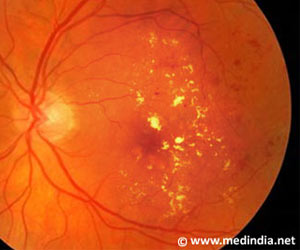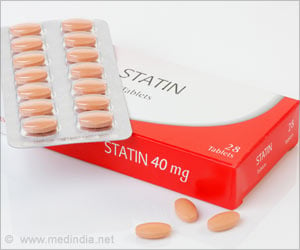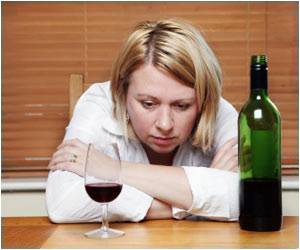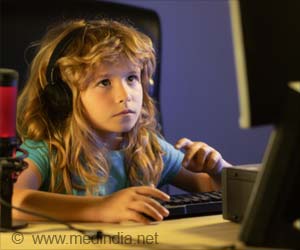Starved eye cells secrete signals that attract new blood vessels in order to increase nutrient supply. However, these vessels cause a decline in eyesight, leading to blindness.

‘Abnormal lipid metabolism and mitochondrial dysfunction are both associated with aging and are important risk factors for age-related macular degeneration.’





Compensating for Energy Deficiency The retina is covered with photoreceptors, which thrive on oxygen and nutrients carried by the blood. The abnormal growth of blood vessels causes blindness in some retinal diseases. "In general, the scientific community agrees that proliferation of blood vessels occurs when the body attempts to compensate for oxygen deficiency. We now show that abnormal vessels may also grow to compensate for a lack of fuel or energy production, in a model of AMD," said Dr. Joyal.
Fat as Energy Substrate -- A Possible Evolutionary Advantage
The type of energy used also surprised the scientists in their study. "To our surprise, we found that photoreceptors also feed on fatty acids. It was previously believed that these specialized nerve cells, which are energy-intensive, rely primarily on glucose," said Dr. Joyal. The ability of photoreceptors to use different fuel sources to produce energy may provide an evolutionary advantage during feast and famines.
Plunged into Darkness to Boost Energy Consumption
Advertisement
Lipid Sensors Control Glucose Uptake and Energy Production
Advertisement
Dr. Joyal summarizes the situation as follows: "In lipid-uptake deficient models, photoreceptors end up being starved for both fatty acids and glucose. Starved photoreceptors secrete signals that attract new blood vessels in order to increase nutrient supply. By proliferating behind the retina however, these vessels cause a decline in eyesight, leading to blindness." So at the end of the day, what's the take-home message? "Well, there are three based on our in vivo findings", recaps Dr. Joyal. "AMD may be caused in part by an energy deficiency. Fat is also a source of energy for photoreceptors. And lipid sensors may control glucose entry in the retina."
Further work must be carried out to develop new therapy that will build on these discoveries with the aim of preventing, slowing down or reversing vision loss caused by retinal diseases such as AMD.
The study is published in the prestigious scientific journal Nature Medicine.
Source-Eurekalert













